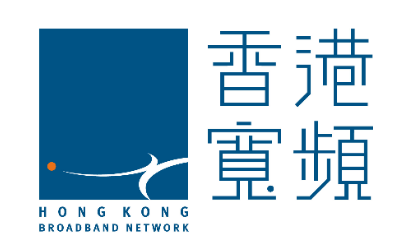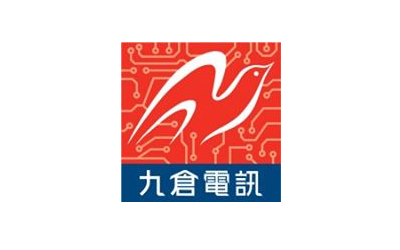Chapter 2: Connect to the Network & Access IPPBX
Use an Internet Brower to Access the IPPBX
- Connect a computer to an ETH port on the IPPBX.
- Your PC must set up to the same subnet 192.168.1.X
- Open a web browser (Internet Explorer (version 6 and higher, Firefox, Chrome or Safari)
- Enter the default URL of the IPPBX System: http://192.168.1.100:9999
Enter the default username admin and password admin, then click Login to enter Web-based user interface.
| Default URL | http://192.168.1.100:9999 |
| Username | admin |
| Password | admin |
Login page of the SIPDEX M-200 IPPBX

Change Password
Security message will pop-up when you login to the system, until you change the password.

For security reason, please change and memorize the new password after this first setup.
Click System -> Management:

Network Settings
- Go to Network Settings -> Network

In IPv4 Settings

- Edit your ETH port IP information.
There are three types of Ethernet port connection. They are Static IP, PPPoE (Point-to-Point Protocol over Ethernet), DHCP. You can find detailed setting process in the user manual.

SMTP Settings
If the IPPBX require the SMTP Server for send out Email. (Voicemail to email, Fax to email)
Click Advanced -> SMTP Settings to configure

| Item | Explanation |
| SMTP server | In order to send e-mail notifications of your voicemail, set the IP address or domain name of a SMTP server that you’re IP PBX may connect to. e.g. mail.yourcompany.com |
| Port | The port number the SMTP server runs is generally port 25. If SSL is encrypted, please use port 465 instead. |
| SSL/TSL | Enable SSL/TLS to send secure messages to server. |
| Enable SMTP Authentication | If your SMTP server needs Authentication, please enable SMTP Authentication, and configure the following information. |
| User Name | Input username of your email box. |
| Password | Input password of your email box. |
Click Send Test after configuration, the following diagram will be displayed to ask you to input the Email for receiving.
Input the Email Address and click send to send the test email. Login to your Email to check configuration is successful if you receive the test email otherwise, it fails. Please check your email settings again.
System Time Settings
The system supports either Sync with NTP Server or Manual Time Set.
Click System -> Time Settings to configure

Reference:
| Item | Explanation |
| NTP Server | Define the NTP Server. You can input the IP address or domain of this server. Default server is pool.ntp.org. |
| Time Zone | Select your time zone so that the system will set time based on the time zone. |
Manual Time Set:

After entering Year/ Month/ Day/ Hour/ Minute, then save and activate or, you can click Sync to synchronize with current PC time.
Make the settings effect now
If you change the settings in Web GUI M-200 IPPBX will not take effect immediately. It will show the banner on the top of the website. Please click ![]() to take effect the changes.
to take effect the changes.

Connect Module to the IPPBX
NOTE:
- Please unplug the IPPBX Power, Before connect the Module.
- All Module NOT support Hot-plug / Hot-swap
| SLOT | Module |
| SLOT1 | supported 4FXS 4FXO 2FXOS 2GSM 4SGM 1PRI |
| SLOT2 | supported 4FXS 4FXO 2FXOS 2GSM 4SGM |
Step for connect the Module.
- Unplug the power supply.
- Plug the card to the Slot 1
- Go to System -> Module Settings
- On Module Type to select SLOT 1 which Module was inserted, then click save.

- Click Yes to confirm and the system will reboot.

Installation Guide
- DB20C
- School IP Phone system
- SIP Call Logger
- Softphone
- Chapter 1: Hardware Setup
- Chapter 2: Connect to the Network & Access IPPBX
- Chapter 3: Basic Configuration & Outgoing Call
- Chapter 4: Incoming Call
- Chapter 5: System Feature
- Chapter 6: Extension User Web Portal
- Chapter 7: Feature Code
- Chapter 8: Fax
- Chapter 9: Call Recording
- Chapter 10: Networking
- Chapter 11: Security
- Chapter 12: System Settings
- Chapter 13: Reporting
Sip Trunk Configuration Guide
SIP TRUNK Provider (Tested)



